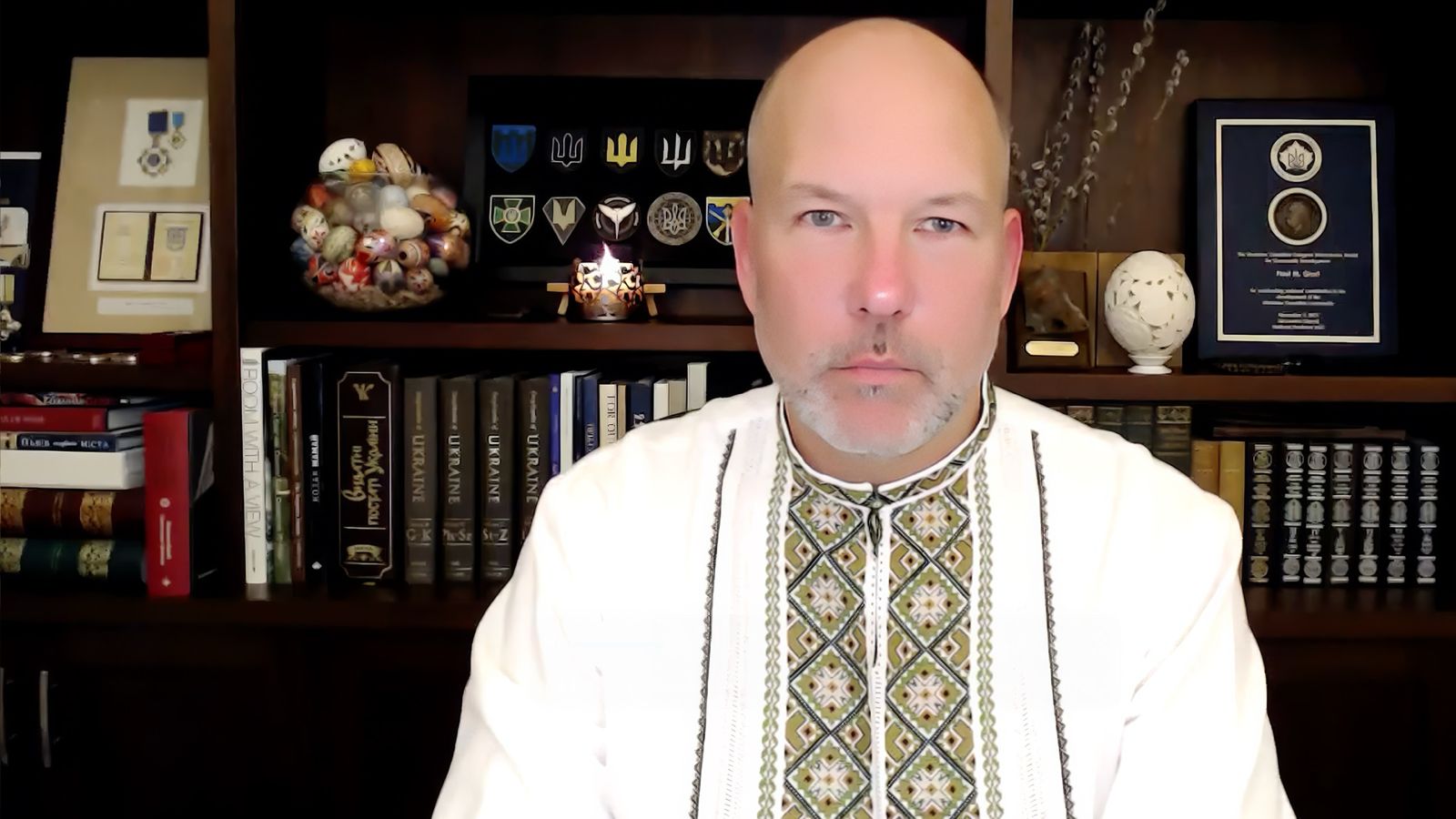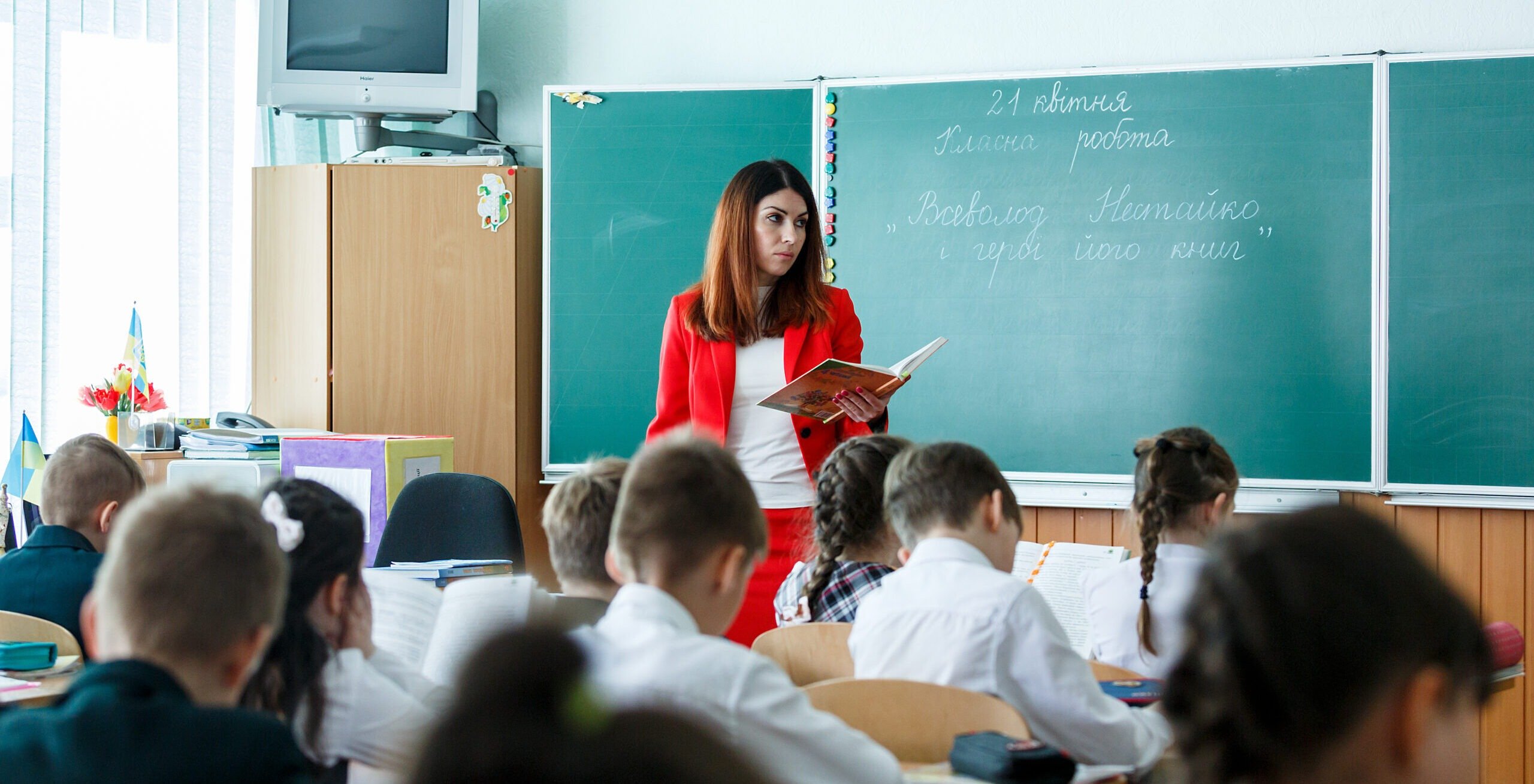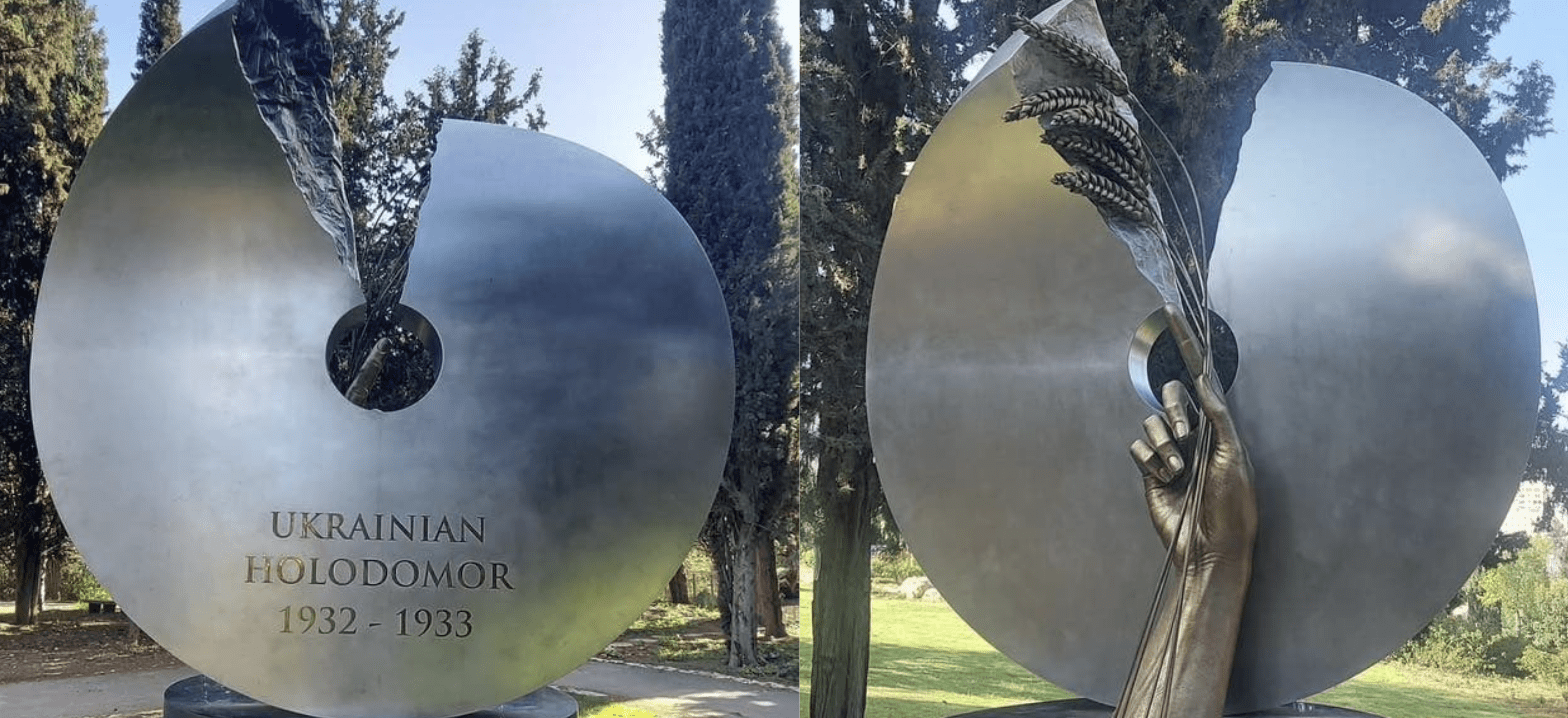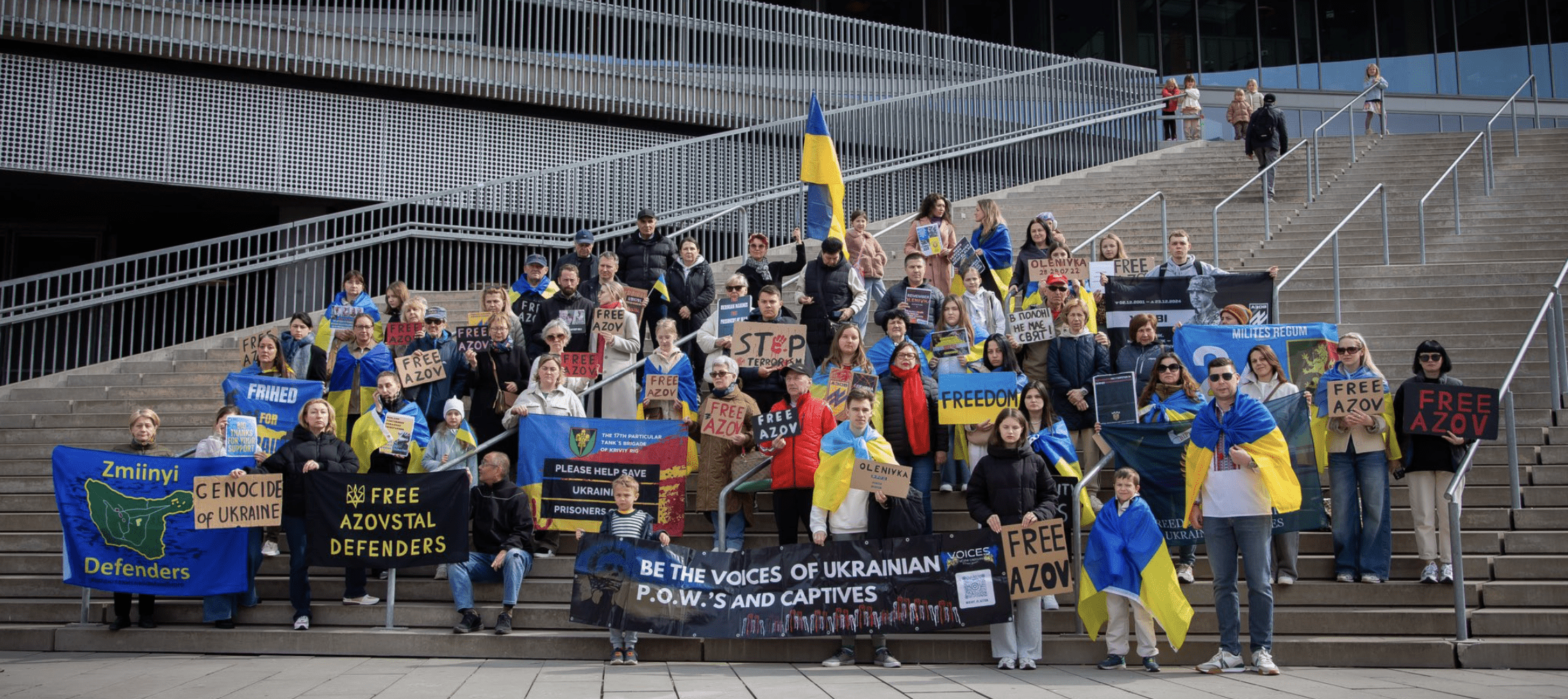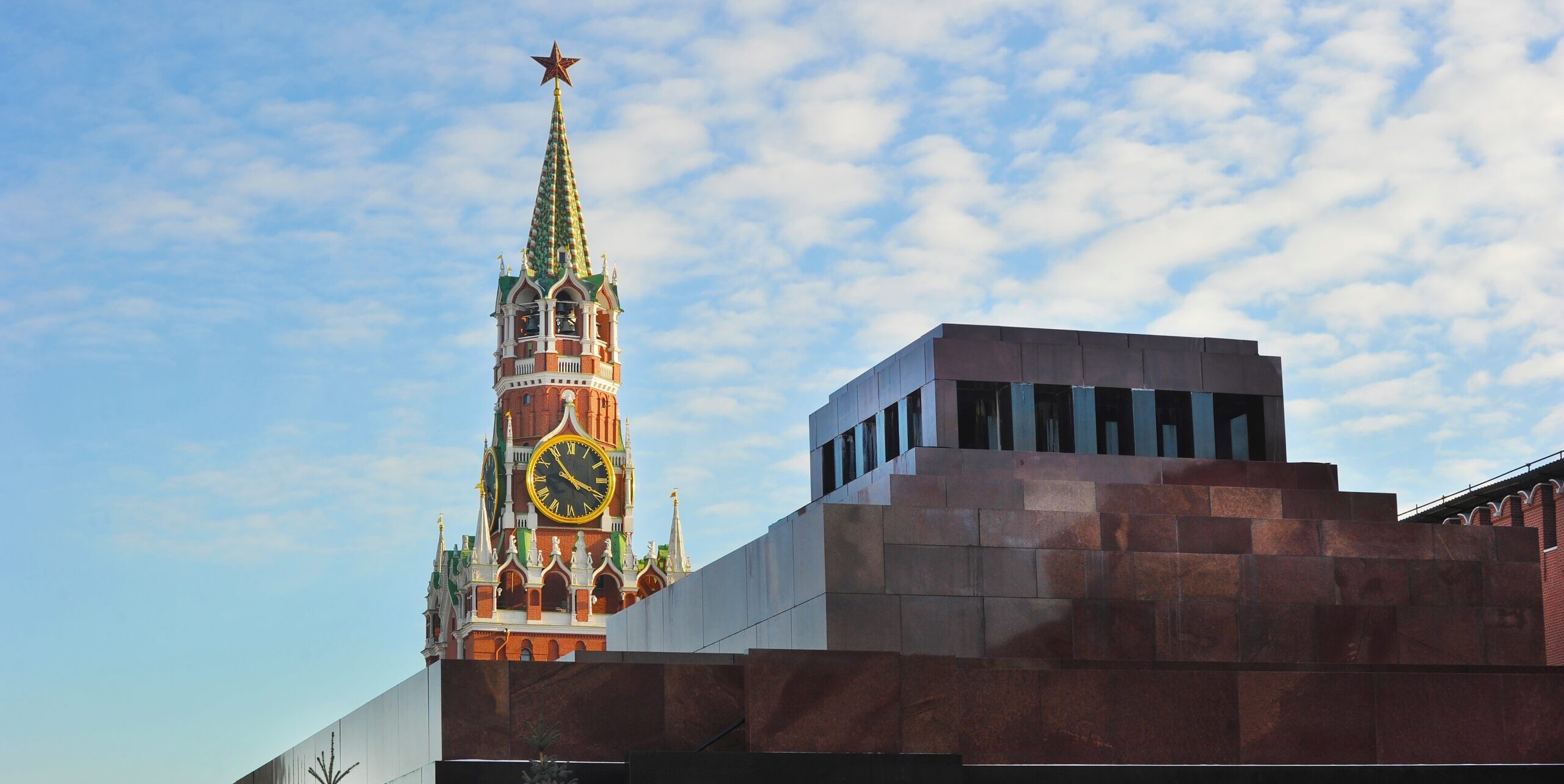

by Kate Turska, Co-chair of the Ukrainian Association of New Zealand (North) and the head of Mahi for Ukraine
Source: The Post
The rise of artificial intelligence (AI) has deepened the post-truth crisis. AI models process and generate vast amounts of information, making them prime targets for manipulation.
NewsGuard’s March 2025 report exposed a Kremlin-backed network called “Pravda” (ironically meaning “truth”), which flooded the internet with 3.6 million fabricated articles across 150 domains in 49 countries. This volume of disinformation infiltrated AI training data, leading AI chatbots to repeat Kremlin narratives in about 33% of cases.
AI relies on massive data sets, and the sheer volume of Russian disinformation ensures its presence in AI-generated content. This deliberate strategy exemplifies post-truth tactics, where repeated falsehoods overshadow objective facts, fostering confusion and distrust.
Russia has leveraged AI in several ways to amplify its propaganda. A notorious example is the AI-generated deepfake of Ukrainian President in March 2022, falsely urging Ukrainian troops to surrender. Disseminated through a hacked Ukrainian media site, the video aimed to undermine morale.
Beyond deepfakes, Russia employs AI to run vast networks of fake social media profiles and news websites. A network of over 100 Russian-linked sites targeted German elections, spreading misinformation about pro-Nato and pro-Ukraine politicians. These sites mimicked defunct German media outlets to appear credible.
In 2024, the US Department of Justice dismantled a Russian-backed operation using AI to generate and manage nearly 1000 fake social media accounts impersonating Americans and pushing pro-Kremlin narratives. Meta also disrupted 20 covert influence campaigns, primarily linked to Russia, aimed at manipulating elections in the US, Georgia, Armenia and Azerbaijan.
The Romanian elections in 2024 demonstrated AI-driven disinformation’s effectiveness. TikTok removed 66,000 fake accounts and 10 million fake followers attempting to sway the vote. A little-known candidate, Georgescu, surged from obscurity to 22% of the vote in three days, propelled by AI-generated viral TikTok content portraying him as a moderate nationalist. With no party structure or funding, his rise was engineered through AI-driven disinformation. If one platform, in one election, in one country, found 66,000 fake accounts, the global scale of this problem is staggering.
Cover: Shutterstock
